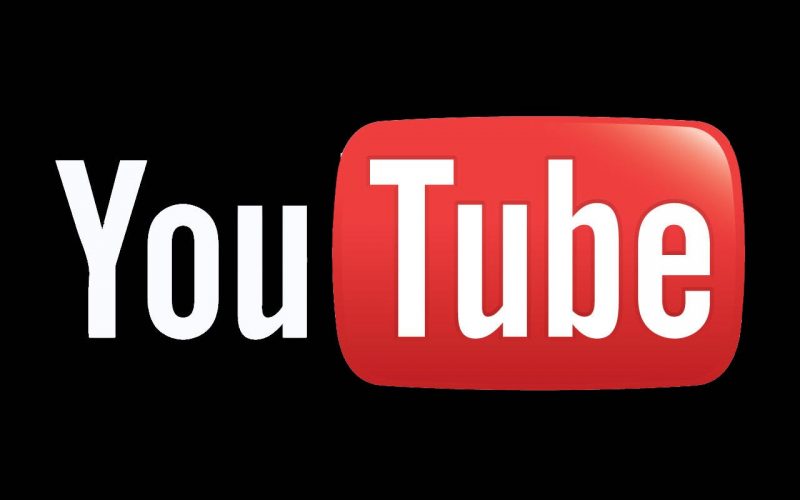In recent years, YouTube has tried to establish itself as an even stronger competitor in the advertising and content market. The video network has not only made an effort to retain its creators with different movements (although it has also angered them with others), but it has also tried to position itself on a new content playing field.
His own series, which he has been presenting in recent years, have sought just that (although they did not have exactly the success that could be expected from them and from that proposal). The idea behind these movements was not only to capture the attention time that consumers began to spend more and more on VoD platforms and thus compete against them, but also to create a new environment for advertisers.
That is, they wanted to capture a higher part of the advertising investment. YouTube wanted to get a part of the advertising investment that is going to television right now and that is why other players in the advertising environment compete.
As television has been losing weight in terms of audiences and as advertisers have begun to search for other greener pastures, the big question has begun to be who will be able to get that advertising revenue and who will be able to convince those advertisers. That’s where YouTube has come in, seeking to gain that niche market by betting on a new advertising sales strategy.
The point is, as pointed out in an analysis by The Wall Street Journal , that YouTube wants to take the advertising dollars of television but that achieving it is not as simple as it might seem. As noted in the economic newspaper, YouTube wants to use as a lever in a special way the fact that more and more consumers are watching videos from the platform directly on their television. Despite this, it is not an easy thing for advertisers to buy.
Why Advertisers Resist
Why is this happening? The sources within the advertising industry with whom the Journal has spoken allow for several conclusions. First, there is the fact that despite all that YouTube may be doing and despite all the content that it may use as a tool to attract attention, advertisers do not view YouTube in a similar way that they can view services. streaming with ads, like Hulu.
In fact, second point and closely linked to it, they see it as a system to watch videos from the mobile or at most from the desktop. That is, it is not a platform for the consumption of series or movies but the place where you go to watch short videos from your online browsing devices (and, as you recall from the Journal, this happens because people really still use the platform ).
As one marketer explains to the business newspaper: “its spirit is one of social media with online videos generated by consumers.” YouTube lacks the curator-curated, professional content expected on streaming platforms and in television settings, as that same marketer makes clear.
And here you could insert the following key point that slows the leap to the platform of advertisers. Marketers are still not clear that it is a secure platform for their brands and that ads will be served in the same way as on television content platforms.
How YouTube sells that advertising
The way in which YouTube sells these types of ads, they point out from the Journal , is different. That is, they do not sell it as an improvement over their traditional desktop and mobile advertising, but as one more alternative and as one that competes not with online advertising but with television advertising.
In fact, the giant uses the model of television upfronts (selling advertisements in advance for the autumn-winter television campaign) to position the content that is seen on television and for which it sells advertising space in videos of youtubers,
YouTube’s own programs and television shows and series that are available on different YouTube services in the United States. Those ads are currently selling for two to three times more expensive than it would cost to buy the same type of auction ads on YouTube.









